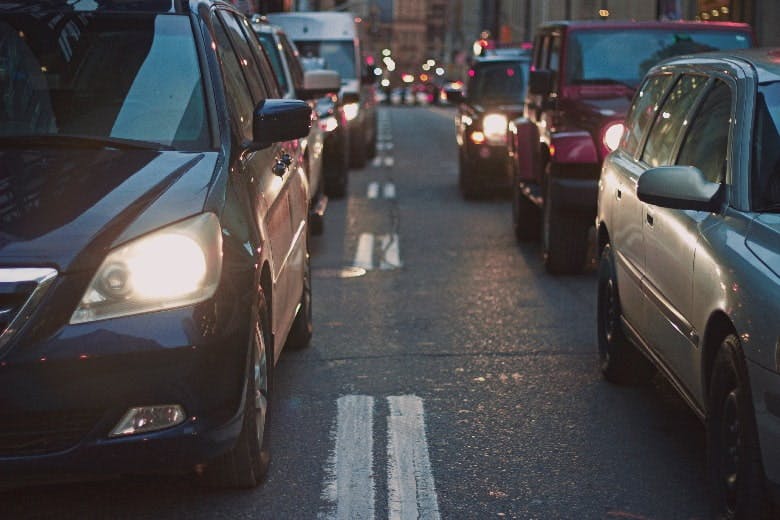
Learners are often told that they'll gain a deeper understanding of the art of driving after they've passed the practical test. As a driving school, PassMeFast doesn't really adhere to this view, but it's not completely off the mark. It's fair to say that, once you hit the road as a qualified driver, you become aware of a number of customs that aren't necessarily mentioned in the Highway Code. We're talking about the unwritten rules of the road.
Beyond the official driving laws we all must follow, there is a widely-accepted driving etiquette that many motorists across the UK practise. If this is brand new information to you, there's no reason to worry! The little habits and conventions involved are easy to pick up. In fact, we're about to delve into some of the most common ones below.
Integrate the following behaviours into your driving repertoire to take your motoring style from novice newbie to courteous pro in no time!
Why be a courteous driver?
Being a courteous driver isn't a completely selfless act. It will make your whole experience on the road a lot more enjoyable. Sure, not everyone you meet whilst behind the wheel will be as considerate as you, but you can rest happy in the knowledge that you are not part of the problem.
A little bit of driving etiquette can go a long way. You will cheer up those around you, prevent other drivers from seeing red and generally have a more stress-free relationship with car travel.
Unwritten rules of the road
Giving way
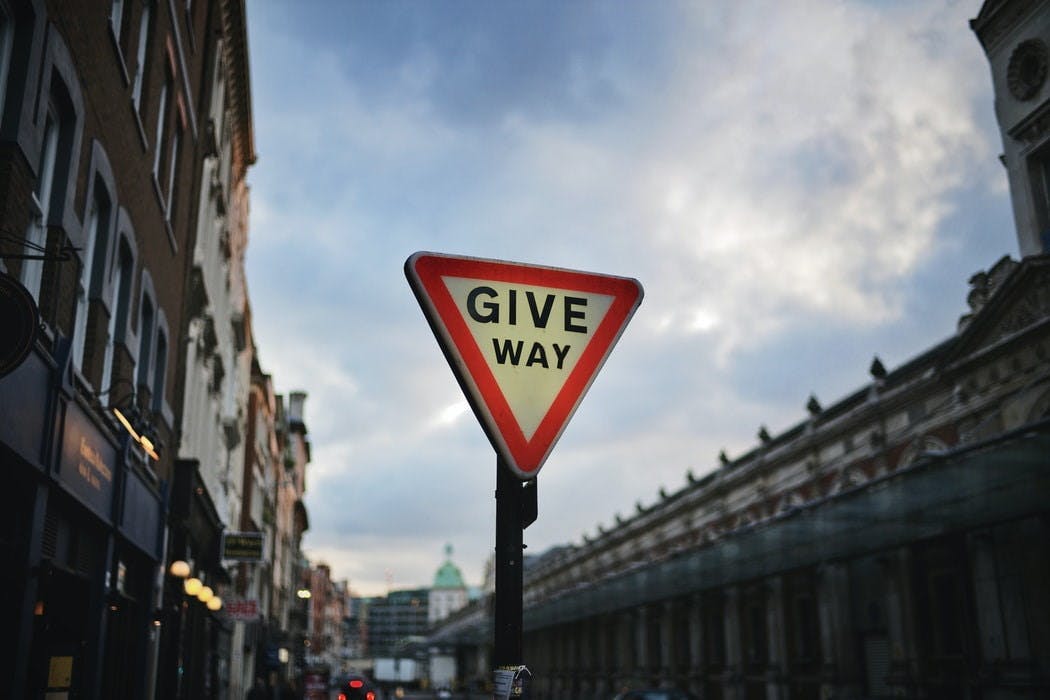
Technically, giving way is something that you are taught as a learner driver. But in this instance, we're not talking about scenarios involving roundabouts or give way signs—for which there are clear cut rules. Once you get out on the road, you will find that there are a range of everyday situations that require one driver to give way to another, without any law dictating who should take the initiative.
Picture this: you are driving along a flat, single lane road with parked cars on both sides and another driver approaches from the opposite direction. Who should pull in and allow the other through? The best answer is whoever is in the easiest position to do so. As soon as you spot the other car, you should be looking for spaces (perhaps behind a nearby parked car) where you can briefly pull in to provide enough space for the other driver to pass by. Hopefully they will be doing the same thing and you can both move on smoothly and quickly.
What you should not do is speed up so the other driver is forced to give way to you, or assume that they will and barge your way through. Get into the habit of doing the polite thing and give way where possible. In the long run you will find it saves both time and negative energy!
Let 'em in!
Ever felt the dread rise in your stomach as your right indicator blinks on but no one lets you turn and a queue of impatient drivers builds up behind you? Or how about the pain of realising a little too late that your junction is coming up and being unable to get in the correct lane because no one wants to let you in? Remember these feelings when other people need you to take pity on them!
If other drivers are attempting to join your road or turn onto a street that you are about to pass, it doesn't take much to relinquish a bit of your space and time so that they can. Be smart about it—don't waste time letting someone in if you will be disrupting the flow of traffic in any big way. If you're crawling along in a queue, however, and the lights are about to turn red again anyway, letting someone in won't have a huge impact on your overall progress. Be nice where you can and hopefully the favour will be returned to you in the future!
Keep in mind that people are particularly reluctant to let larger vehicles like buses and lorries join a queue, so give them a helping hand if you find yourself in a safe position to do so.
Saying thanks
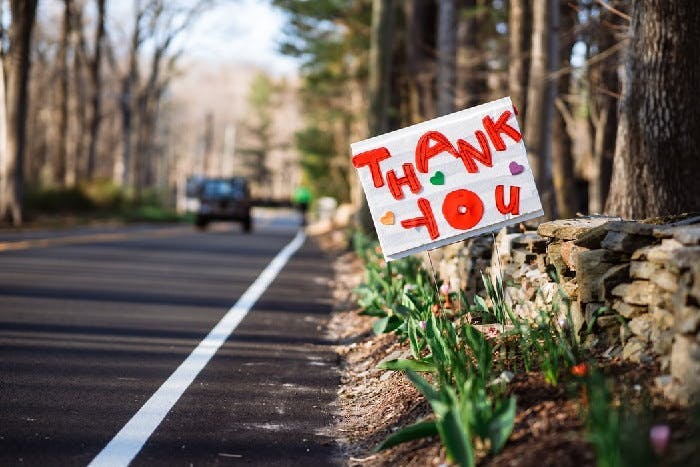
It's almost equally as important to acknowledge when you have been on the receiving end of courteous driving. When another driver lets you join a queue or pulls in so that you can squeeze past them on a narrow road, make sure to say thank you.
Now, as you're behind the wheel, saying the words out loud probably won't get the message across. Then again, you need to focus on the road and maintain progress—otherwise their good deed will have been pointless! Drivers have therefore developed a couple of nifty ways to express gratitude.
A quick flash of your lights is commonplace these days, although this can have multiple meanings on the road, depending on the context. We find that a quick wave of the hand (it can remain on the steering wheel—no need to go overboard!) does the job.
Indicate!
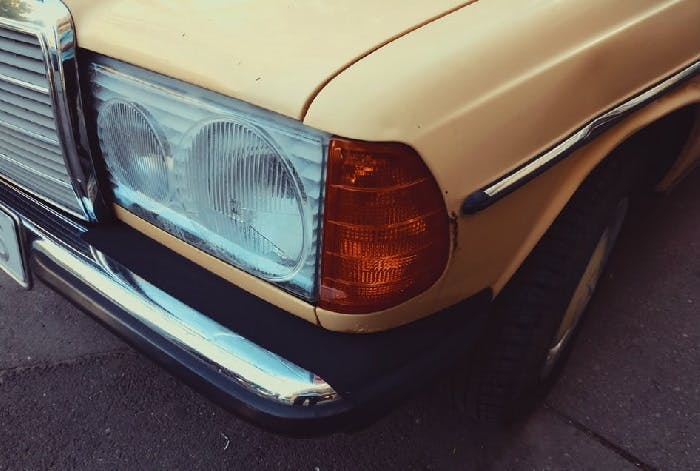
OK, so this falls under the “things you were actually taught in preparation for your driving test” category, but it is such a big problem that it deserves its own section altogether. So here we are!
Other road users need to know what you plan to do before you do it, so that they can act accordingly. Using your indicators before you turn, pull out, or change lanes is not just a safety measure—it's a basic driving courtesy.
Failure to indicate is a sign of a lazy driver who has no awareness or care for other people on the road. It's therefore terrible driving etiquette. Do not be that person. Indicating takes very little effort and can make a world of difference, so just do it!
Maintain a respectful distance
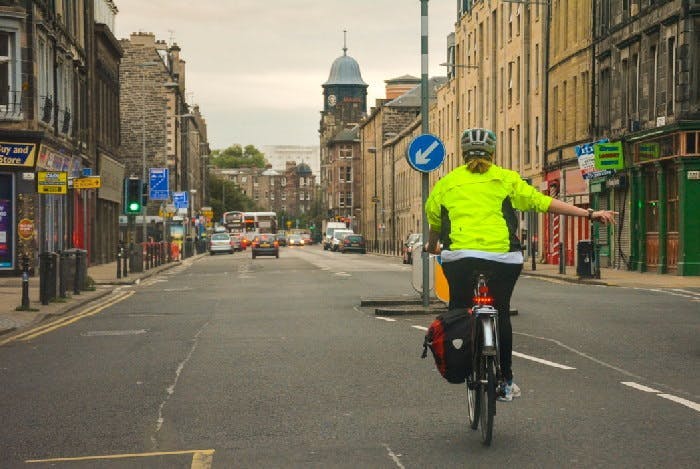
Something that you will start to grasp during lessons, but becomes abundantly clear once you're out on your own, is that you share the road with a variety of other vehicles and beings. This requires you to accept that you are not king of the road and adjust your driving behaviour to keep everyone safe.
In most instances this means leaving adequate space between you and others, which can be a little frustrating if you're in a rush to get somewhere. Try to remember that other people aren't put there to annoy you—they are just trying to get somewhere too! There are no hard and fast rules here, so you need to use your noggin and learn what a safe, respectful distance looks and feels like. Such thinking needs to be applied when you come into contact with cyclists, animals, pedestrians and heavy goods vehicles.
Don't get in the way
Learning how to park is a major focal point of practical test preparation. Even after you've mastered the skill, though, there is still the issue of where you should and shouldn't park. If you want to be a courteous driver, there are a couple of things you should keep in mind.
Think of other drivers when you park up. If you're parking your car behind another stationary vehicle, ensure you leave enough room for the driver to get out, in case they return before you do. You also need to take care not to block off important openings like driveways. Basically, your vehicle shouldn't be anywhere that could make it a nuisance for others.
On a similar note, when crawling along in traffic, stop before the opening of any side roads, so that other vehicles can still make their way in and out of them.
Exercise patience
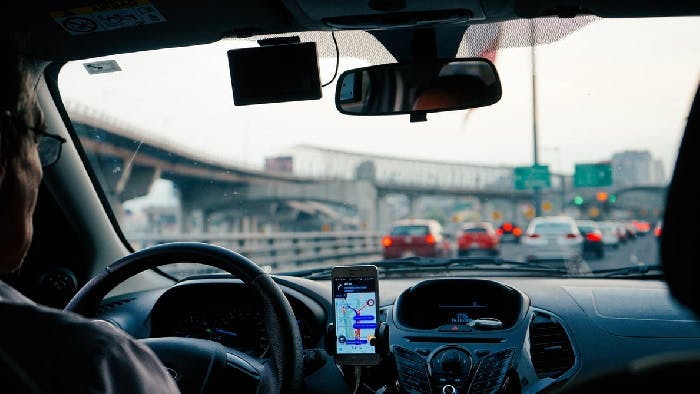
This can be one of the hardest unwritten rules to adhere to, especially if you're having a bad day. Yes, if you're feeling agitated and need someone to vent your frustrations out on, the road is sure to offer up a seemingly deserving candidate. But where does that get you, really? Nowhere good.
If you let yourself get worked up every time another driver makes a mistake or fails to thank you for giving way to them, driving will become a very unpleasant process indeed. Focus on being the best driver you can, and accept that you can't change the behaviour of others. Speaking of acceptance, you also need to acknowledge that a lot of things on the road are simply out of your control. If you get stuck in traffic, or your most convenient route home is hit with a diversion, getting angry won't make the situation any better. Take a deep breath, think positive thoughts and plod on.
Show kindness to learners
And, finally, please be nice to learner drivers! They're often the last people you want to see up ahead of you on the road, but that's not an excuse to be rude or prioritise your own journey. Bear in mind that they're probably extremely nervous and your presence is only adding to the pressure they're feeling to do a good job.
Courteous drivers acknowledge that we all had to start somewhere. Think back to your L-plate days and give learners the breathing space that you would have appreciated at the time.
Be a courteous driver
These small acts of consideration can make a big difference on the road. Driving is a lot more than the skills it takes to move a car from one place to another. When you earn a driving licence you are gaining acceptance to a group of people who all need to work together to keep the roads safe and efficient. With these unwritten rules in your arsenal, you'll be a very positive addition to the club!
Subscribe for driving advice, offers & more
We'd love to let you know about our courses, news and offers via email. You may unsubscribe at any time.
Star Genie Limited trading as PassMeFast. Company number 10093359
Copyright © 2024 owned by Star Genie Limited
PassMeFast, Blue Tower, MediaCityUK, Salford, M50 2ST
